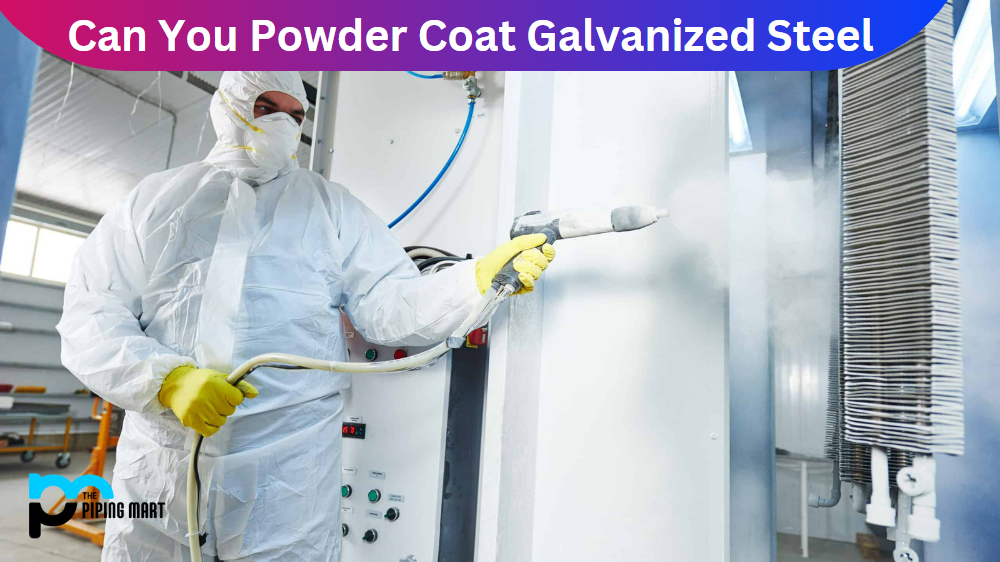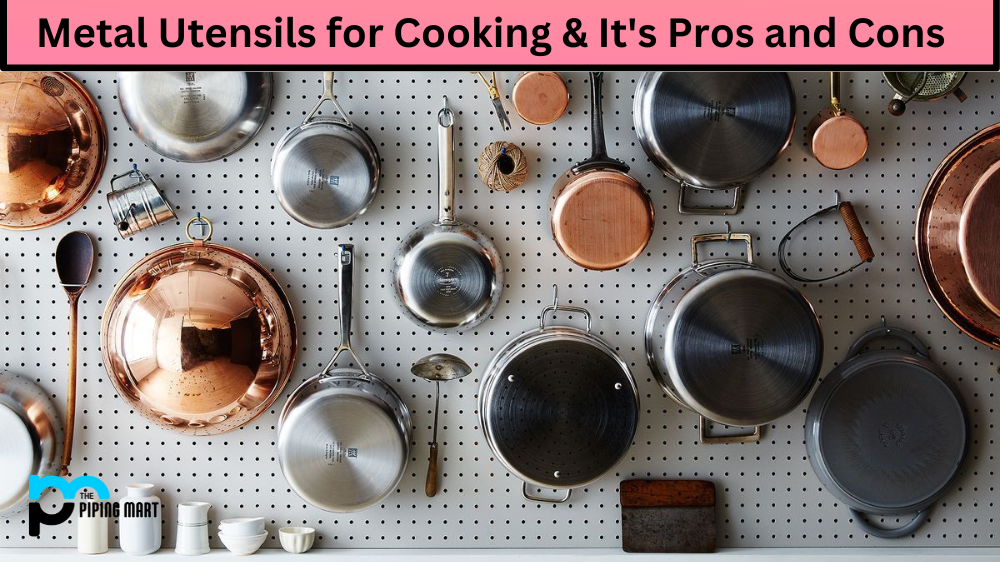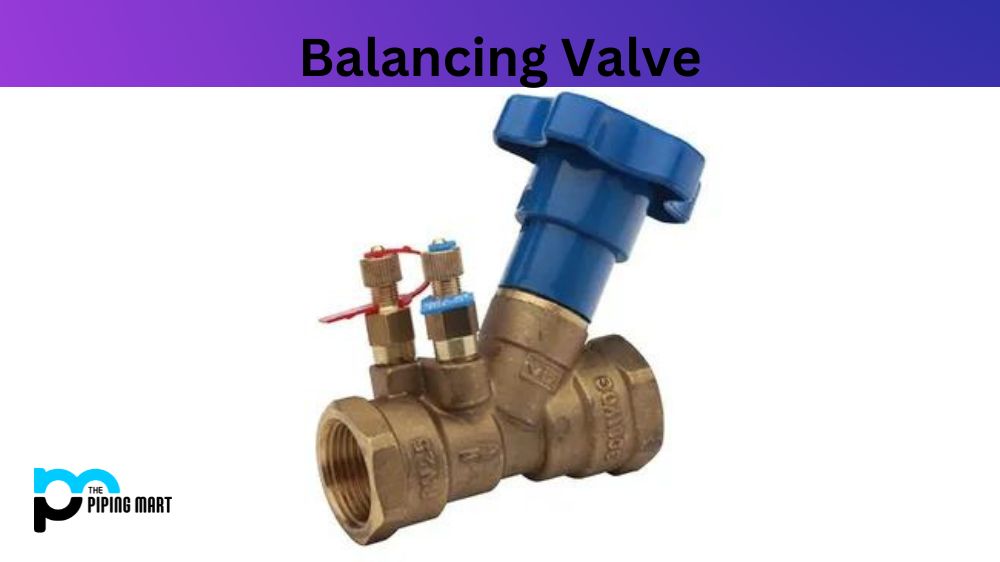Mag welding is a popular form of welding that has been around for decades. It is often used in the automotive and aerospace industries, as it provides a strong and reliable weld. In this blog post, we will discuss the advantages and disadvantages of mag welding so that you can decide whether it is the right choice for your project.
Advantages of Mag Welding
The primary advantage of mag welding is its durability. This type of weld gives a strong bond that can withstand high temperatures or other extreme conditions. Additionally, mag welding has a lower risk of defects than different types of welding, making it ideal for projects where precision and accuracy are important. Furthermore, mag welding is relatively fast compared to other welding processes, resulting in cost savings over time.
Another advantage of mag welding is that it can be done on thicker materials than other welding processes. This makes it ideal for projects involving heavier metals or thicker pieces of metal. Finally, since mag welding does not require any additional shielding gases, it produces fewer fumes than other methods and therefore poses less risk to workers regarding air quality.
- Mag welding is a process that uses a magnetic field to weld two pieces of metal together.
- This type of welding is very strong and can be used to weld metals of different thicknesses.
- Mag welding is also faster than other types of welding, such as arc welding.
- Mag welding does not require any filler material, making it more efficient than other types of welding.
- Mag welding produces less heat than other types of welding, making it easier to control the weld and preventing damage to the surrounding area.
Disadvantages of Mag Welding
The major disadvantage to mag welding is that it requires specialized equipment, which can be expensive and difficult to use if you are unfamiliar with the process. Additionally, even though mag welding produces fewer fumes than other methods, those fumes still need to be vented properly to protect workers from inhaling toxic gases. Finally, due to its speed and efficiency, mag welding requires more skill from the operator to achieve accurate results; this may make it more challenging for inexperienced welders or those new to the process.
Limited to Smaller Projects
MIG welding is not well suited for large projects because the wire feed process is very slow. This means that this method would take a long time to weld a large piece of metal. Additionally, the wire feed process can be pretty messy, which makes it challenging to keep the area clean and free of debris.
Requires Specialized Equipment
MIG welding also requires specialized equipment that can be quite expensive. This includes a power source, welding torch, and wire feeder. Additionally, MIG welding generally requires a higher skill level than other methods, such as stick welding, which may not be suitable for beginners.
Can Be Dangerous
MIG welding can be dangerous if proper safety precautions are not taken. The high temperatures involved in the welding process can easily cause burns, and the sparks produced during welding can cause fires if they come into contact with flammable materials. Additionally, inhaling the fumes produced during MIG welding can harm your health.
Not Suitable for All Metals
MIG welding is not suitable for all types of metal. In particular, MIG welding cannot be used on aluminium or magnesium because these metals react with the argon gas used in MIG welding, which can cause explosions. Additionally, MIG welding is not recommended for thin metals because the heat from the weld can easily warp or damage them.
Limited to Flat Surfaces
MIG welding is generally limited to flat surfaces because the weld pool created by this method is very shallow. This means that it would be challenging to weld two pieces of metal together if they were not both flat. Additionally, MIG welding is not well suited for vertical surfaces because the weld pool will tend to run down the surface.
Conclusion:
While there are some disadvantages associated with mag welding compared to other types of welding processes, there are also many advantages that make this method an appealing option for many industries and projects requiring high-quality welds at a reasonable cost. Considering using mag welding for your next project, consider all the pros and cons before deciding. You can ensure a successful outcome with proper training and preparation while keeping safety top-of-mind throughout the process!

A passionate metal industry expert and blogger. With over 5 years of experience in the field, Palak brings a wealth of knowledge and insight to her writing. Whether discussing the latest trends in the metal industry or sharing tips, she is dedicated to helping others succeed in the metal industry.




